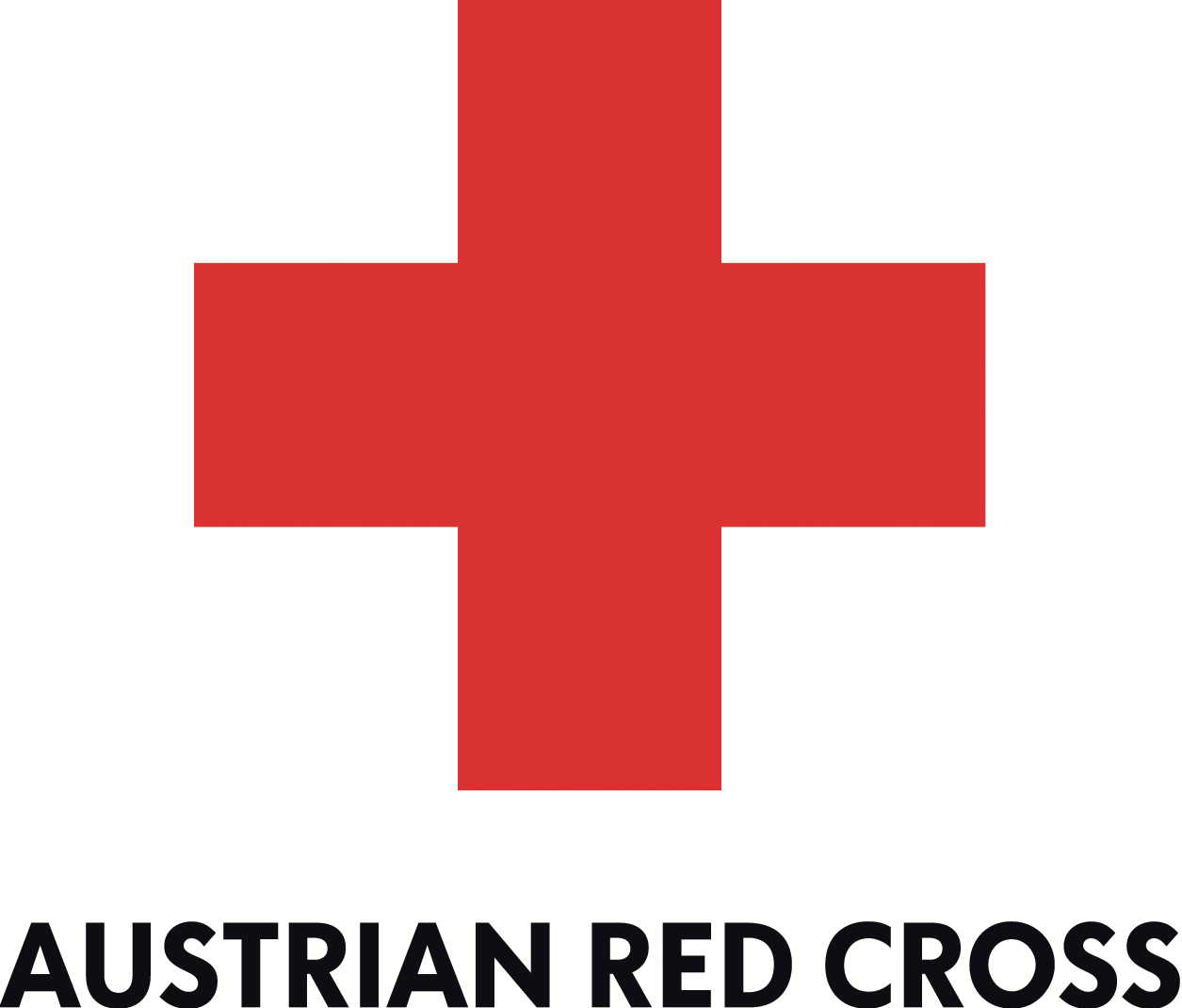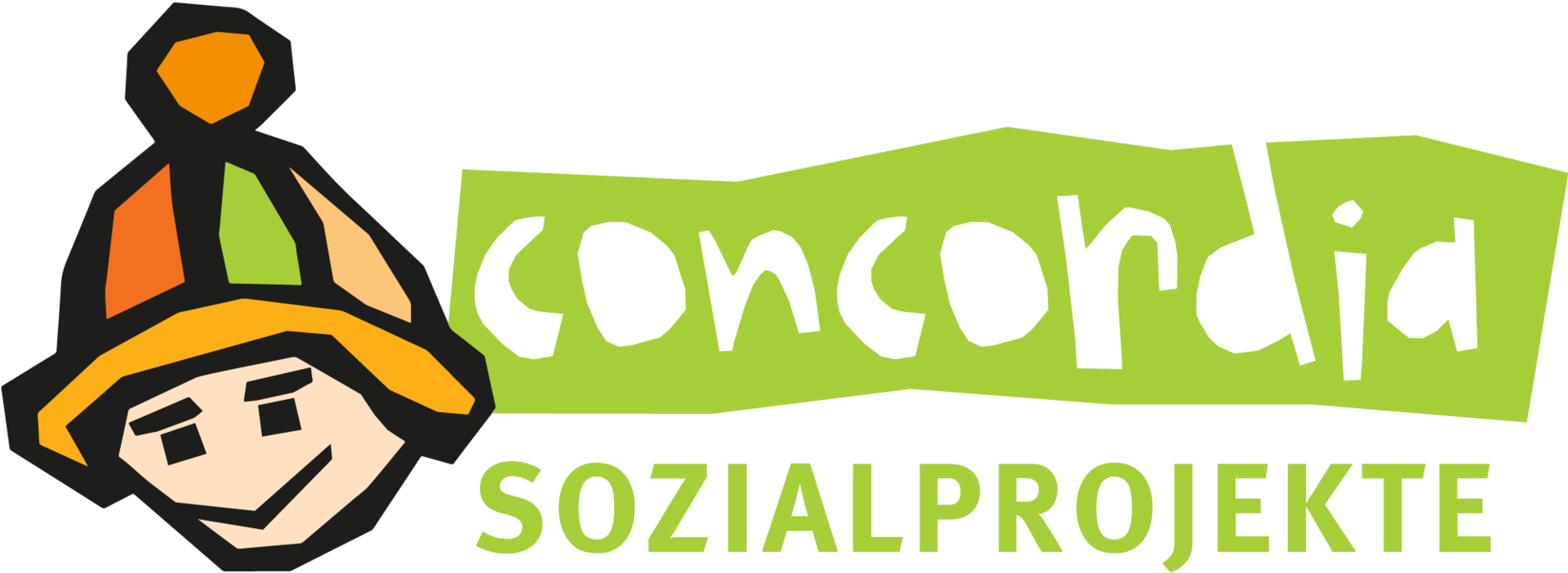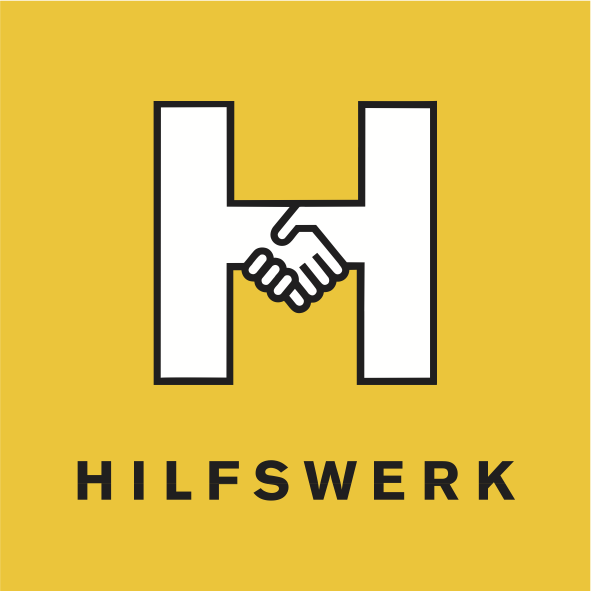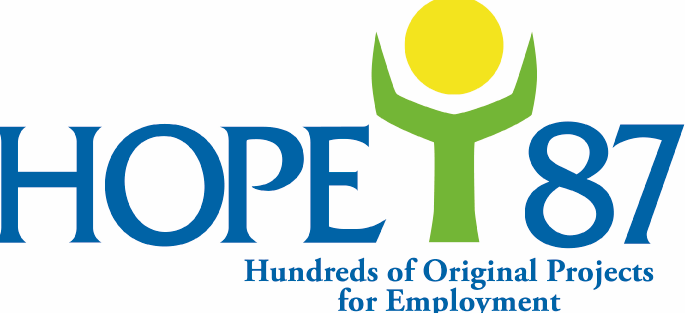Natural disasters and humanitarian crises hit vulnerable groups hardest. Amongst these are persons with disabilities and their families whose numbers increase even more in crises situations due to, among others, injuries. Persons with disabilities are often last to be rescued, to receive medical services, shelter or food due to stigma, oversight by first responders and non-inclusive humanitarian responses. Not having proper information and inclusive disaster plans on hand also is an issue to be dealt with. Light for the World, in cooperation with local partners, seeks to make sure that persons with disabilities are not left behind in disaster risk reduction, emergency response and post-emergency projects. During the devastating earthquake of Nepal in April 2015 and its aftermath, Murali Padmanabhan, disability inclusion expert with Light for the World, worked with Karuna Foundation Nepal to ensure disability inclusion in their interventions.
By Murali Padmanabhan
The earthquake in Nepal in 2015 left more than 9.000 people dead and more than 23.000 injured. Light for the World initially partnered with the local disability organization Karuna Foundation Nepal in a short term emergency project in Rasuwa District and the Kathmandu valley that helped reach over 3.000 people in immediate need – among them 1.016 persons with disabilities. We were able to provide food, temporary shelter, winterization kits and help establishing child friendly spaces in five districts affected by the earthquake. While the response addressed everyone in need, we also focused specifically on persons with disabilities and their families and gathered data on the most vulnerable community members such as persons with disabilities, pregnant women, older people. Disability Inclusive Response is possible and simple!
With effective emergency response in place, Light for the World and Karuna Foundation then established a post-earthquake rehabilitation project to ensure that emergency relief became sustainable and truly inclusive. The project has since offered support to more than 1.016 persons with disabilities. Along with specific rehabilitative needs, the project focused on mainstreaming disability and accessibility issues such as accessible reconstruction, inclusive and child-friendly teacher training and building new accessible classrooms. One aspect was to create awareness among stakeholders about the needs of persons with disabilities and ways to ensure disability inclusion and mainstreaming in Disaster Risk Reduction. Through the project, about 160 disabled and non-disabled students were enrolled in school
In line with the concept “building back better” in the reconstruction of damaged infrastructure we worked with the community on how to rebuild in an accessible way. An accessible health post was constructed in Dandagaun, Rasuwa, which enables not only persons with disabilities but also older people, pregnant women and others to get health services. We are also constructing a rehabilitation centre at the district hospital in Rasuwa.
In order to help earthquake survivors find a long-term financial perspective and to increase economic independence, the project started livelihood and income generating activities including participants with disabilities and their family members. For instance, one family with two disabled children coming from an Internally Displaced People’s camp was supported in the establishment of a small restaurant targeting locals and foreign tourists.
While these activities focused on persons with disabilities, all of them also benefitted the local communities. Ultimately, inclusive emergency response will contribute to long-term inclusion in society. While emergency response is targeted at people in need in general, we must ensure to always go the extra mile by including the ones that are most affected by crisis and at risk of being left behind.
Analysis by Murali Padmadabhan:
“Reaching persons with disabilities and other marginalized community members is always challenging. In disaster and risk situations, especially in the phase of emergency rescue and relief (let’s say first two weeks) the approach has to be blanket, meaning to address everyone. There are two major reasons for this:
- Everybody is equally impacted, whether rich or poor, majority or minority. The loss for all could be severe and most importantly in such situation even if you have cash in your pocket you hardly can use it.
- In such situations, if you try targeted rescue and relief, it could be counterproductive as everybody is in need.
Realizing this Karuna Foundation Nepal decided to try to cover the whole population but prioritized the response based on vulnerability / at risk. For example, you got a village with relief materials. You can’t reach individual houses because of the terrain and destruction. So we needed to address everybody but asked those who were assembled at the village centre or the road, to identify the most vulderable and severely affected people for first help. So the community itself was engaged to prepare the list. It could be any vulnerable group: persons with disabilities, women-headed households, women during postnatal period, senior citizens and so on. We were there as specialized organisation to make sure that no one is forgotten or left behind. Then, first supplies were given to those identified as vulnerable and then to the remaining ones.
This approach also helped Karuna significantly:
- Karuna got a preliminary list of the vulnerable population and after the relief phase they could develop / plan a focused program based on the vulnerability
- It was made by the community, means: there was ownership
- It helped us to maintain credibility
- It helped to unita people and reduced trauma as they were involved and able to contribute. In such circumstances, without accurate information (segregated data and locations) is available, this approach proved to be the most effective.”
fotocredit: LIGHT FOR THE WORLD


















